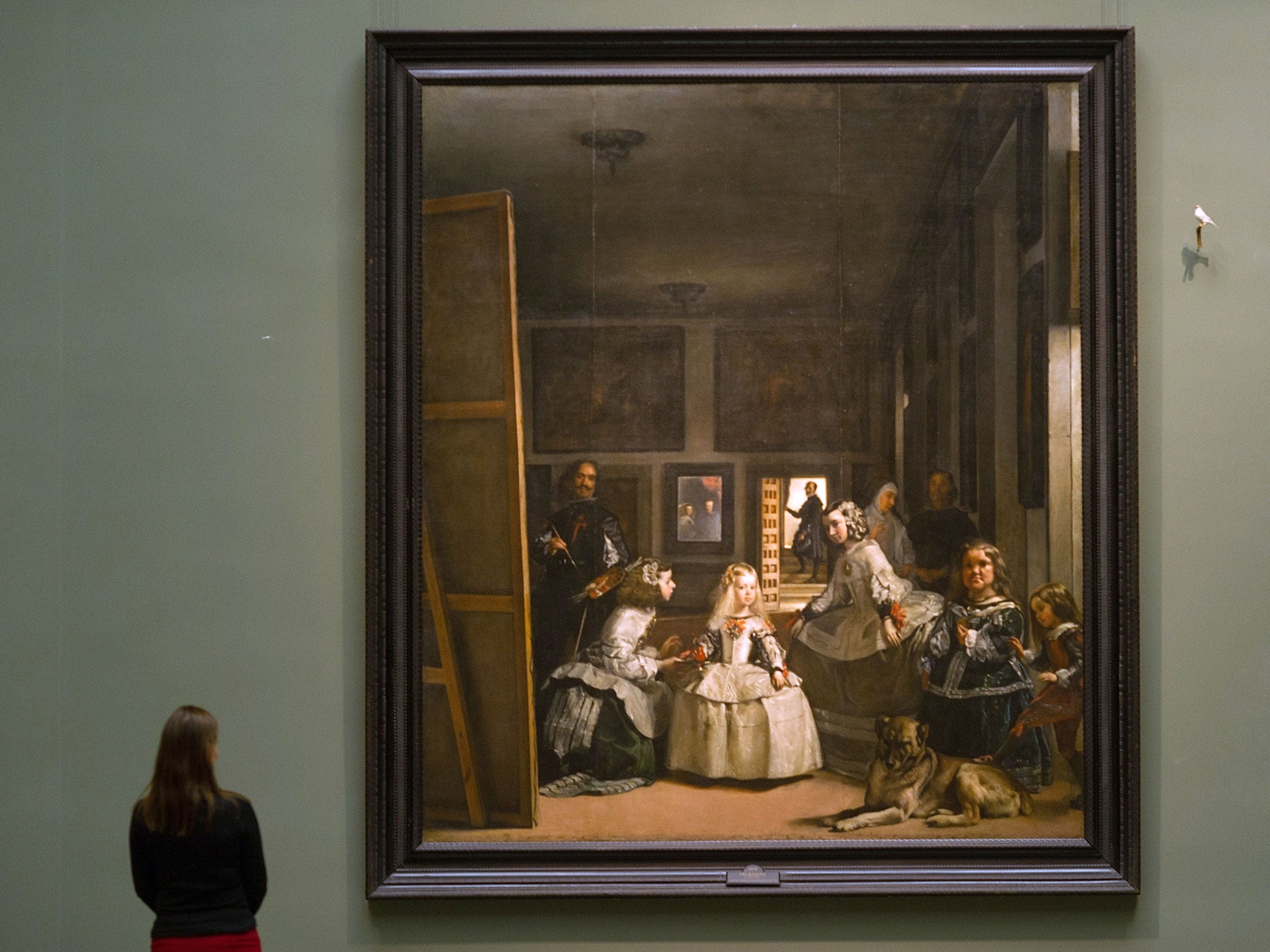Everything is Happening: Journey into a Painting by Michael Jacobs, with an introduction and coda by Ed Vulliamy, book review
The travel writer Michael Jacobs' last book is a fitting, fascinating cornucopia

In this last, unfinished book, Michael Jacobs revisits his early passion for the art of Spain's Golden Age, with its "pervasive sense of life as a dream". Now that the travel writer, art historian, Hispanic scholar, gourmet chef and ultimate good companion has left us, far too soon, the regiment of those who mourn his loss may feel their own memories slipping slightly out of daylight focus.
That top-notch restaurant in Cartagena he found – did it really belong to Pablo Escobar's former private chef? In the same city in his beloved Colombia, did he rustle up a feast at the Cookery School of the Caribbean and then smuggle us back to its balcony to watch Bob Geldof play in the Plaza de Armas below?
I know for sure that no one in my book had a shorter address: "Michael Jacobs, Frailes, Jaen, Spain". In his village north of Granada, everybody knew him – but then, after three hours waiting for a delayed flight in Bogota airport, everybody in the lounge knew him as well.
Posthumous tributes to life-enhancing friends can leave outsiders with the impression of an outsize ego rather than a loveable pal. Jacobs was just the opposite: insatiably curious, always warm but never unctuous, his voracious erudition in art and history employed as a key but never a cudgel. At his death from renal cancer in January 2014, he left behind sections of a book that took him full circle, back to Diego Velazquez and to Las Meninas: the enigmatic painting that he had set out to view in Madrid when a Westminster schoolboy.
Ed Vulliamy, a kindred spirit, shared with the Italian-Irish-Jewish author both a lifelong devotion to "the South" and the "element of the traitor" that alienated the genial, gentle Jacobs from Establishment Britain. After all, it had hypocritically rejected his teacher and mentor: Anthony Blunt.
Vulliamy has topped and tailed the 100-or-so finished pages of this project with a prefatory essay and a coda – intimate, learned, discursive, in the Jacobs manner – that records their conversations as the ailing writer outlined the direction of the work. In 1656, Velazquez painted himself painting in the royal court alongside the Infanta Margarita, ladies-in-waiting, dwarves, a mastiff – and a puzzling off-centre reflection of the King and Queen in a mirror. Since then, biographers, historians and scholars have spun the "multiple perspectives" of this picture into a dizzying kaleidoscope of rival readings. "Its elusiveness," writes Jacobs, "was inherent in its greatness."
Both he, and Vulliamy's appendix, steer a skilful course through this labyrinth of critical mirrors. However, Jacobs forsook academic art history in disgust at its dry, cold inhumanity. In keeping with his mission, Everything is Happening winds the picture into an entrancing memoir of his adventures with art and with Spain. It sets out what Vulliamy justly calls, "a heartfelt manifesto for the liberation of how we look at painting".
Scholarship must play its part –and here, the philosophy of Michel Foucault, who made so much of Las Meninas as a door between traditional and modern ways of knowing. So too must history, memory and feeling. Jacobs tells Spain's history through the painting and also, in tantalising facets, his own.
That includes its final act. Las Meninas, Jacobs hints, holds "new depths of meaning for those ever-more conscious of mortality". Its mystery may not simply pertain to "life itself" but to its end. At the back of the canvas, a courtier, spookily named Jose Nieto Velazquez, hesitates on a flight of steps that leads out of the life-crowded room into a blank void. He faces a threshold; a passageway to "the other side".
In this valedictory scene, do author and subject coincide? This supremely life-affirming writer gazes towards the vanishing point that lies behind us all.
Subscribe to Independent Premium to bookmark this article
Want to bookmark your favourite articles and stories to read or reference later? Start your Independent Premium subscription today.

Join our commenting forum
Join thought-provoking conversations, follow other Independent readers and see their replies